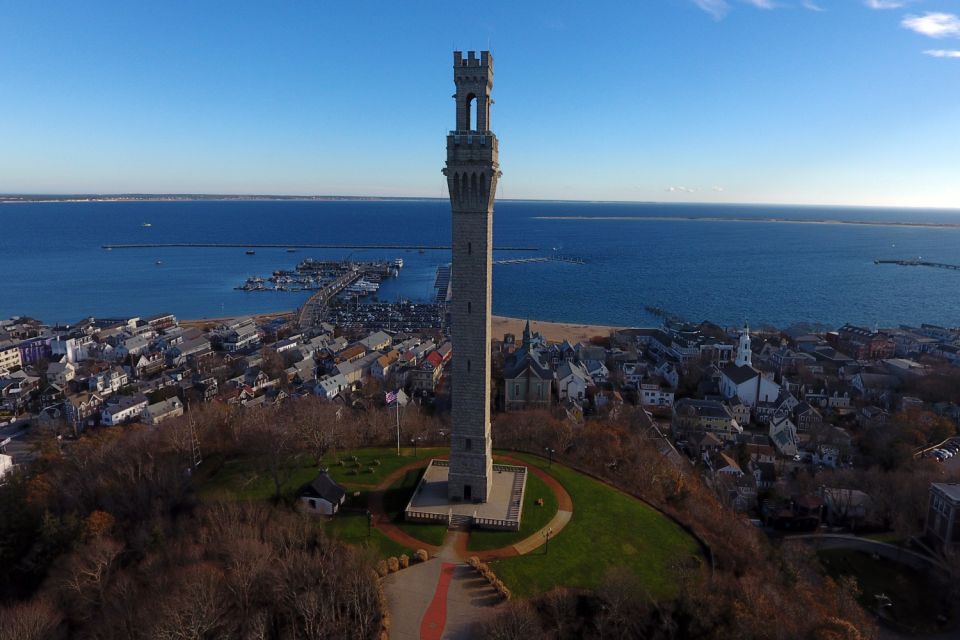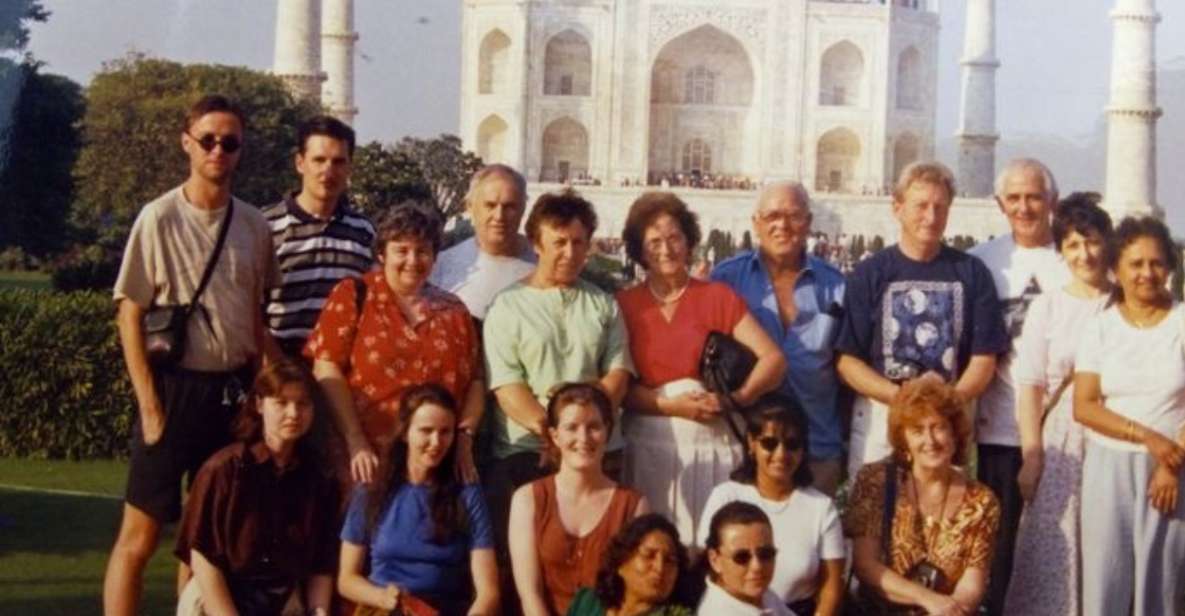Shanghai’s Jewish heritage is a captivating tapestry woven with tales of resilience and triumph. A tour led by a Jewish history expert offers an immersive exploration of this vibrant community, revealing the remarkable stories of those who found sanctuary in the city during a tumultuous era. From the former Ohel Moishe Synagogue to the Huoshan Park memorial, visitors will uncover the profound impact of prominent figures like Silas Hardoon and Victor Sassoon. This comprehensive experience promises to provide a deeper understanding of the enduring legacy of Shanghai’s Jewish diaspora, leaving one eager to discover more.
Key Points
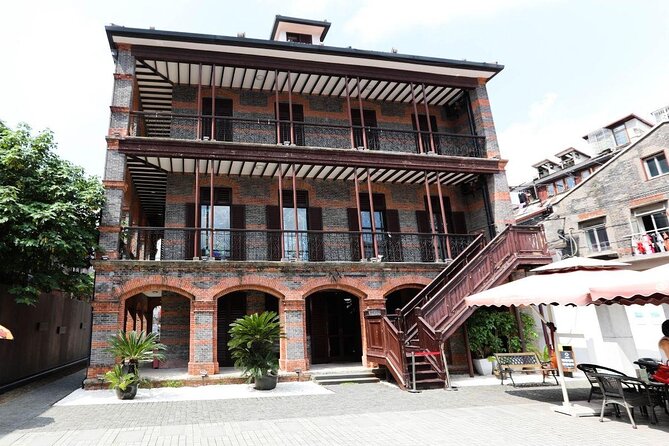
- Guided tour through the former ‘Shanghai Ghetto’ by a Jewish history expert, highlighting the stories and experiences of Jewish refugees who found safe haven in the city.
- Visit to the Jewish Refugees Museum, housed in the former Ohel Moishe Synagogue, showcasing personal artifacts and documents that shed light on the hardships and resilience of the displaced community.
- Exploration of architectural landmarks, such as the Sassoon House and Astor House Hotel, that were central to the vibrant Jewish community in Shanghai.
- Opportunity to pay respects at the memorial plaque in Huoshan Park, honoring the memory of Jewish refugees who perished during the tumultuous period.
- Insights into the diverse contributions of prominent Jewish figures, like Silas Hardoon and Horace Kadoorie, who played a pivotal role in shaping the Jewish enclave in Shanghai.
It's also worth checking out some other tours and experiences nearby.
Jewish Immigration to Shanghai
The Jewish people’s migration to Shanghai occurred in several distinct waves, each driven by unique historical circumstances.
In the mid-19th century, Baghdadi Jews arrived in search of economic opportunity, establishing prosperous communities.
Then, during the late 19th and early 20th centuries, Jews fleeing persecution in czarist Russia and Eastern Europe made their way to the city, seeking refuge.
Finally, and most tragically, Shanghai became a haven for Jews escaping the horrors of the Holocaust in Nazi-occupied Europe during the 1930s and 1940s.
These diverse groups of Jewish immigrants contributed immensely to Shanghai’s dynamic cultural and commercial landscape, leaving an indelible mark on the city’s history.
Visiting the Shanghai Ghetto
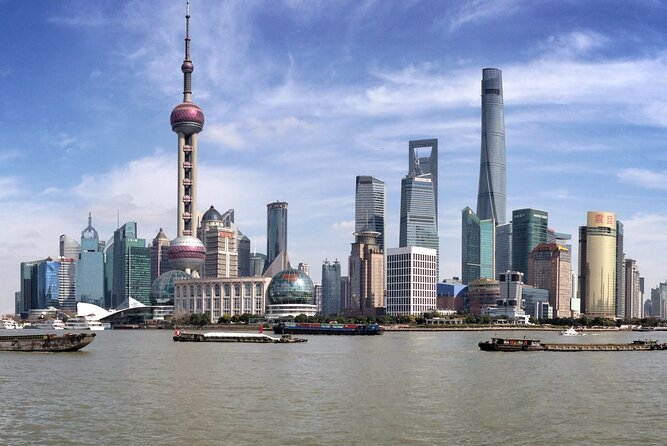
After exploring the diverse waves of Jewish immigration to Shanghai, the tour now takes visitors to explore the historic Hongkou district, once known as the ‘Shanghai Ghetto’ during the city’s darkest period in the 1930s and 1940s.
The guide shares stories of the refugees who fled Europe and found a safe haven in this urban enclave.
Key sites include:
-
The Jewish Refugees Museum, located in the former Ohel Moishe Synagogue, which provides a poignant glimpse into the lives of these displaced people.
-
A memorial plaque in Huoshan Park, honoring the memory of those who perished during this tumultuous era.
-
The bustling streets and alleyways that once teemed with the vibrant energy of this resilient community.
Exploring the Jewish Refugees Museum
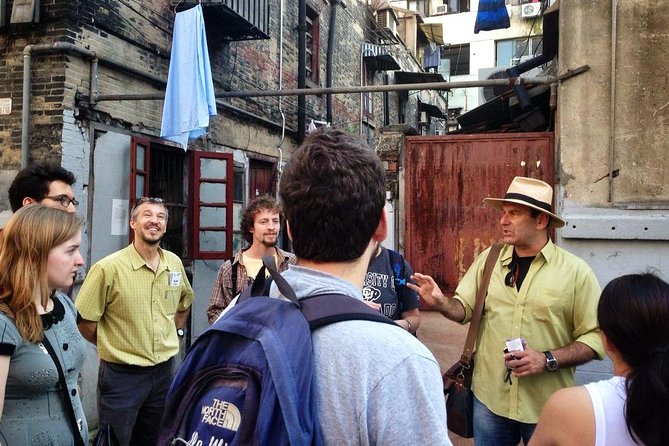
Housed in the former Ohel Moishe Synagogue, the Jewish Refugees Museum provides a poignant glimpse into the lives of the displaced people who found refuge in Shanghai during its darkest period.
Visitors can explore exhibits that chronicle the stories of Jewish refugees who fled Nazi Europe and settled in the Hongkou district, also known as the ‘Shanghai Ghetto.’
The museum showcases personal artifacts, photographs, and documents that shed light on the hardships and resilience of this community.
As guests wander through the halls, they’ll gain a deeper understanding of the historical significance of Shanghai’s role in providing a safe haven for those escaping the horrors of the Holocaust.
Significance of Huoshan Park Memorial
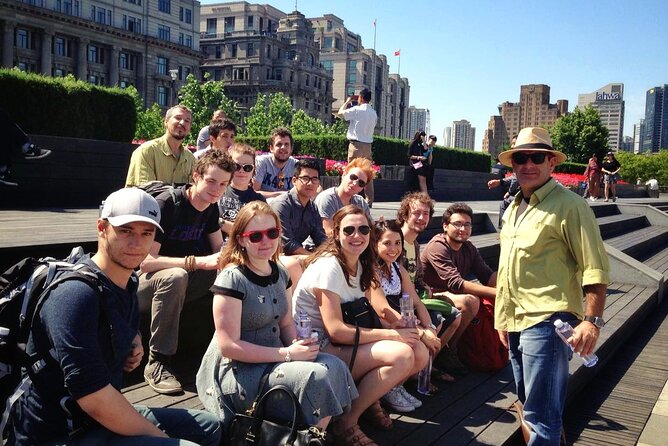
Along With the Jewish Refugees Museum, the Huoshan Park memorial stands as a poignant tribute to the Jewish refugees who found shelter in Shanghai during the tumultuous period of World War II.
This memorial commemorates the profound impact these displaced individuals had on the city’s history and culture. The memorial serves three key purposes:
- It honors the memory of the Jewish refugees who faced immense hardship and uncertainty.
- It highlights Shanghai’s role as a haven for those fleeing persecution, showcasing the city’s compassion and openness.
- It encourages visitors to reflect on the enduring legacy of the Jewish refugee experience in Shanghai.
This memorial offers a powerful and thought-provoking addition to the Jewish Shanghai tour, deepening the understanding of this complex and inspiring chapter in the city’s history.
Understanding Jewish Refugee Experiences
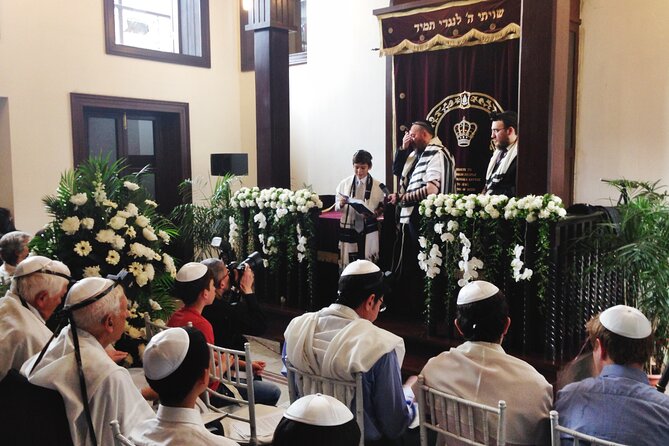
The Jewish refugees who fled Europe during World War II faced immense challenges upon arriving in Shanghai, forced to adapt to a foreign culture and climate while navigating the uncertainties of displacement.
Many arrived with little more than the clothes on their backs, having endured harrowing journeys to escape Nazi persecution. In Shanghai, they encountered language barriers, unfamiliar social customs, and a severe housing shortage.
Despite these obstacles, the refugees displayed remarkable resilience, forming tight-knit communities and establishing businesses, schools, and religious institutions to maintain their cultural identity.
The tour explores how these refugees carved out a life for themselves in the Shanghai Ghetto, showcasing their remarkable stories of survival and self-reliance in the face of unimaginable adversity.
Prominent Figures in Jewish Shanghai
Among the prominent figures who shaped the Jewish community in Shanghai were real estate developers, educators, and community leaders who helped build a thriving enclave for refugees fleeing Nazi persecution. Key figures include:
Silas Hardoon, a Baghdadi-Jewish real estate tycoon whose properties provided homes and businesses for the influx of Jewish refugees.
Horace Kadoorie, an educator who founded the Shanghai Jewish School, ensuring refugee children received a quality education.
Victor Sassoon, a wealthy Jew from Iraq, whose hotels and commercial properties became central to the economic life of the Jewish community.
These individuals, along with many others, ensured the Jewish population in Shanghai not only survived but thrived during a tumultuous period in history.
Architectural Landmarks of Jewish Shanghai
Amidst the bustling streets of Shanghai, several architectural landmarks stand as testaments to the city’s rich Jewish heritage. One of the most prominent is the former Ohel Moishe Synagogue, which now houses the Jewish Refugees Museum. This grand structure, with its distinctive yellow facade, was a central gathering place for the Jewish community during the 20th century. Another important site is the memorial plaque in Huoshan Park, commemorating the resilience and contributions of the Jewish refugees who found sanctuary in Shanghai during the Second World War. These landmarks offer visitors a glimpse into the intriguing history and enduring legacy of the Jewish diaspora in this dynamic Chinese metropolis.
| Architectural Landmark | Historical Significance |
|---|---|
| Former Ohel Moishe Synagogue | Central gathering place for the Jewish community in the 20th century |
| Memorial Plaque in Huoshan Park | Commemorates the Jewish refugees who found sanctuary in Shanghai during WWII |
| Astor House Hotel | Housed the offices of the Jewish community and relief organizations |
| Sassoon House | Served as a social hub for the Baghdadi-Jewish elite in Shanghai |
Here's a few more nearby tours and experiences we think you'll like.
- Late Night Food Tour in the Shanghais French Concession
- Private Shanghai Evening Street Food Walking and Cruise Tour
- Shanghai Small-Group Night Tour by Bike
- Zhujiajiao Water Town and Shanghai Highlights Private Trip
- Full-Day Private Guided Tour of Shanghai
- Private Suzhou Day Trip From Shanghai by Bullet Train With All Inclusive Option
Climate and Accessibility Considerations
When planning a tour of Jewish Shanghai, it’s important to consider the city’s climate and accessibility factors. Shanghai experiences a humid subtropical climate, with hot, humid summers and cool, dry winters. This can impact the comfort and logistics of outdoor activities during the tour.
To ensure a successful and enjoyable experience, the morning tour is recommended as it avoids the heat and crowds of the afternoon. The tour sites may have limited wheelchair access, so guests with mobility issues should check before booking. The tour operates in all weather, so guests should dress appropriately and bring any necessary supplies.
Not for you? Here's more of our most recent tour reviews happening neaby
- Shanghai Top 5 Highlights All Inclusive Private Day Tour
- Shanghai Evening Tour: Huangpu River Cruise and Street Food
- Private Day Tour: Zhujiajiao With Your Choice of Shanghai Sites
- 4-Hour Private Flexible Photography Tour of Best Shanghai Scenes
- Private Day Trip to Hangzhou From Shanghai by Bullet Train
- Mini Group: One-Day Zhouzhuang and Jinxi Water Town Tour
- Private 2-Hour Shanghai Lanes and Alleyways Walking Tour
- Private Night Tour-VIP River Cruise and Shanghai Tower Option
- HuangPu River Ferry Boat & Highlights Bike Tour With Local Lunch
- 4 or 6 Hours Private Customized Shanghai City Night Tour (or Layover)
- Half-Day Private Shanghai City Tour
- Private Home Cooking Class With Shanghai Mama
- Shanghai Hongqiao Airport Private Departure Transfer in English Services
- Beijing in One Day: Day Trip From Shanghai by Air – Great Wall & Forbidden City
- Tongli Water Town Visit and Courtyard Lifestyle Experience at Jinze Water Village
Recap
The tour of Jewish Shanghai led by a Jewish history expert offers an immersive and comprehensive experience.
Visitors can explore the city’s rich Jewish heritage, from the Jewish Refugees Museum to the Huoshan Park memorial.
This tour provides a profound understanding of the remarkable resilience and enduring legacy of Shanghai’s Jewish diaspora, highlighting the contributions of prominent figures and the architectural landmarks that shaped this unique community.

